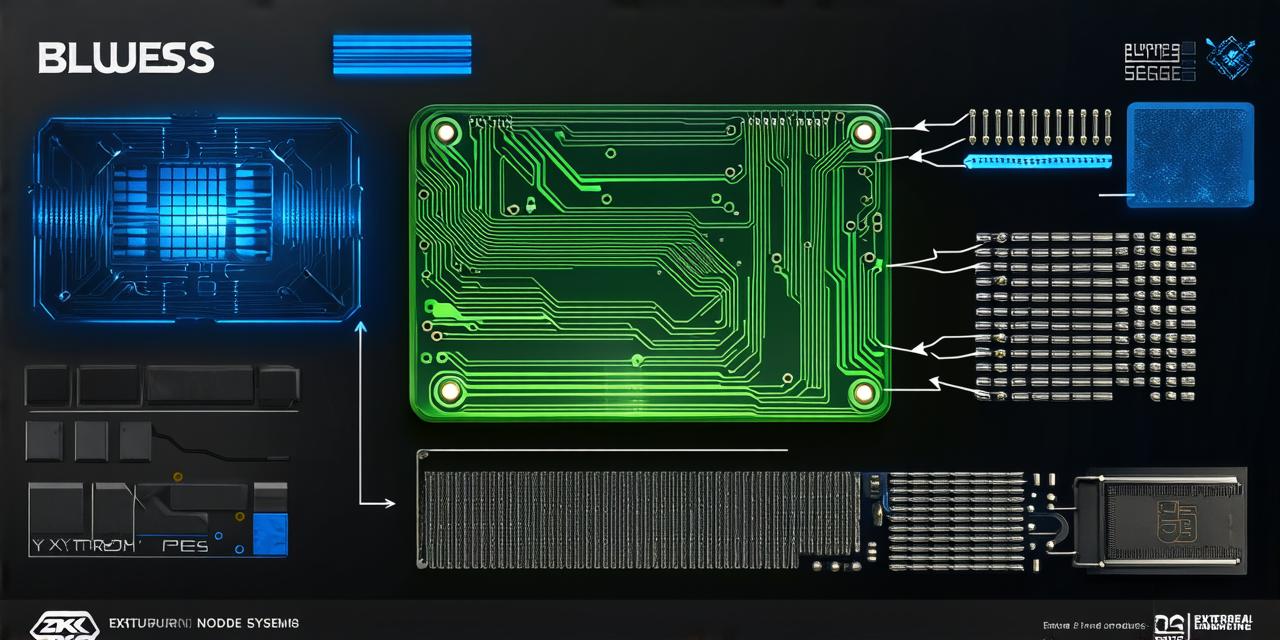Unreal Engine’s node-based system is a powerful tool for game developers and artists alike. This article will explore the key components of Unreal Engine’s node-based system, including its architecture, features, and benefits.
Architecture
At its core, Unreal Engine’s node-based system is based on a modular, scalable architecture. This means that individual nodes can be combined and configured in various ways to create complex systems. The system is made up of three main components: the Graph Editor, the Nodes themselves, and the Connectors between them.
The Graph Editor is the user interface for creating, editing, and manipulating nodes and connections. It allows users to visualize their code, making it easier to understand and troubleshoot. The Nodes are individual units of functionality that can be used to create a wide range of effects, from simple transformations to complex particle systems. The Connectors allow nodes to be connected together to form more complex systems.
Features
One of the key features of Unreal Engine’s node-based system is its flexibility. Nodes can be easily rearranged and combined in different ways to create unique effects. This allows for rapid prototyping and experimentation, allowing users to quickly iterate on their work and try out new ideas.
Another important feature of the node-based system is its ability to handle large data sets. The system uses a process called “instancing” to optimize performance, which means that it can efficiently handle multiple instances of the same node at once. This allows for real-time rendering of complex scenes and effects, even on lower-end hardware.
Benefits
The use of a node-based system has several benefits for game developers and artists. For one, it makes it easier to create and modify complex systems, without having to write complex code from scratch. This can save time and effort, allowing users to focus on more creative tasks.
Additionally, the modular nature of the node-based system allows for greater collaboration and teamwork. Developers can easily share nodes and connections with others, allowing them to work together on projects without needing to understand each other’s code.
Conclusion
Unreal Engine’s node-based system is a powerful tool for game developers and artists. Its modular architecture, flexibility, and ability to handle large data sets make it an ideal choice for creating complex effects and systems. Whether you are a beginner or an experienced developer, Unreal Engine’s node-based system is sure to be a valuable addition to your toolkit.
